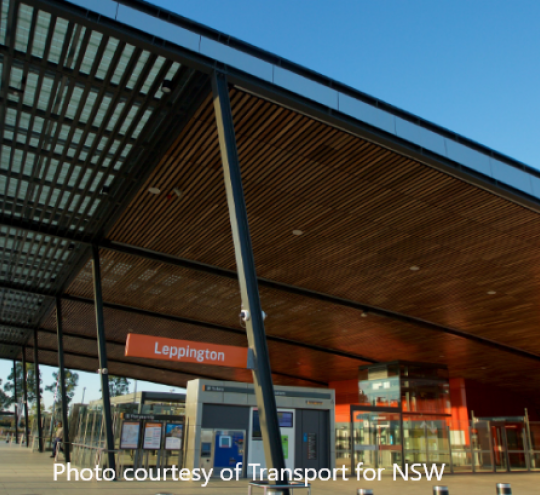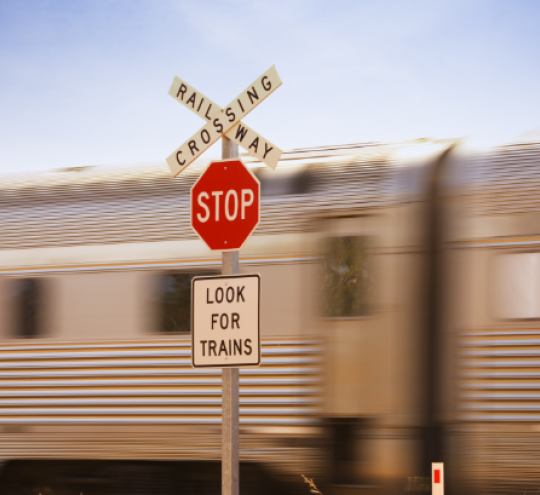
A safer, stronger and more connected rail system supports a safer, stronger and more connected Australia.
Rail is the major carrier of goods and is responsible for about 49% of total domestic freight, with iron ore and coal exports comprising over 80% of Australia's rail freight task.
Australia is home to some of the world's largest freight trains that complete journeys across our vast land mass, such as the Transcontinental Rail Line connecting the Eastern seaboard with the West coast.
The continued resilience of Australia's freight networks depends on the maintenance of current rail routes as well as the creation of new ones, such as the Inland Rail project.
The government is also investing $180.1 million through the Regional Australia Level Crossing Safety Program to improve safety around railway crossings in regional areas.




